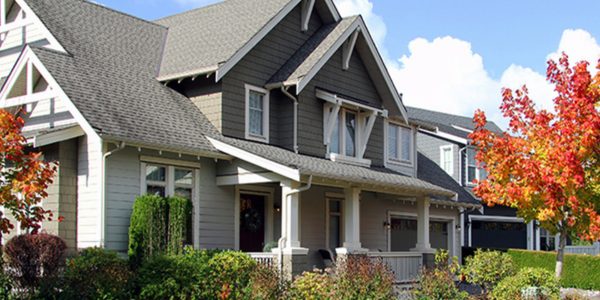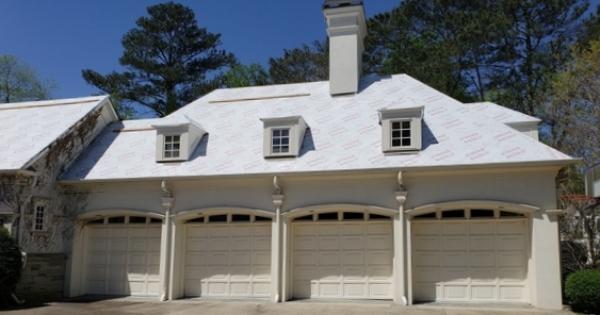Keep your roof safe and secure this fall
November 19, 2024 at 8:00 a.m.By Corey Construction.
Maintenance tips for every home.
Autumn leaves are falling and with the season comes a new list to take care of your home. This checklist contains all the tools you need to make sure your roof is properly maintained, ensuring your roof stays safe and dry while the weather gets chilly. Address the common issues that arise during the fall with this guide from Corey Construction and give yourself peace of mind during the holidays by making sure your roof is secure.
Inspect and clean your gutters
As leaves begin to fall, gutters can quickly become clogged with debris, causing water to back up and potentially damage your roof and home's foundation. Inspect your gutters regularly and clean out any leaves, twigs and other debris. This will help ensure proper water drainage and prevent overflow that can lead to leaks and water damage.
In addition to cleaning, check for any signs of rust, corrosion or damage to the gutters and downspouts. Repair or replace damaged sections to maintain the integrity of your gutter system throughout the fall and winter seasons.
Check for roof damage and leaks
Before the fall weather sets in, take the time to inspect your roof for any signs of damage or leaks. Look for missing, cracked or curled shingles, as these can be entry points for water. Also, check for any areas where the roof seems to be sagging or where there are visible signs of water damage.
If you notice any issues, it's important to contact a professional roofer and address them promptly. Small roof repairs can prevent larger, more costly problems down the line.
Trim overhanging branches
Overhanging branches can pose a significant risk to your roof, especially during fall when they may become weighed down by leaves, rain or even early snow. Trim back any branches that hang over your roof to prevent them from breaking and causing damage.
By keeping tree limbs a safe distance from your roof, you also reduce the amount of debris that falls into your gutters, making maintenance easier and less frequent.
Inspect and maintain roof flashing
Roof flashing is essential for preventing water from seeping into your home at joints, valleys and around chimneys and vents. Inspect the flashing for any signs of damage, such as cracks, rust or missing sections.
Repair or replace damaged flashing to ensure a watertight seal. Properly maintained flashing can significantly reduce the risk of leaks and water damage during the fall and winter months.
Schedule a professional roof inspection
While you can handle some basic roof maintenance tasks yourself, it's always a good idea to schedule a professional roof inspection at least once a year. A roofing expert can identify potential issues that you might miss and provide expert advice on necessary repairs or maintenance.
Original article and image source: Corey Construction
Have a question? AskARoofer.
Find your local roofing contractor in the RoofersCoffeeShop® Contractor Directory.











Comments
Leave a Reply
Have an account? Login to leave a comment!
Sign In